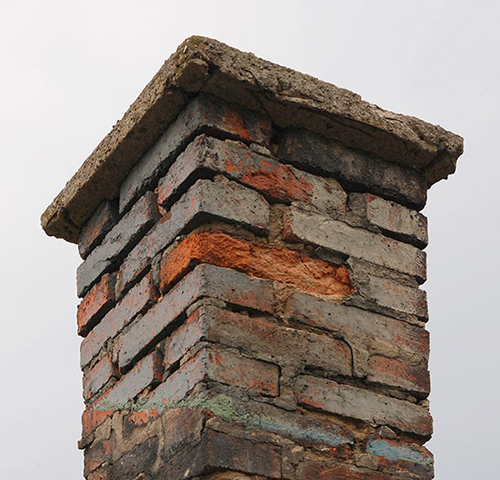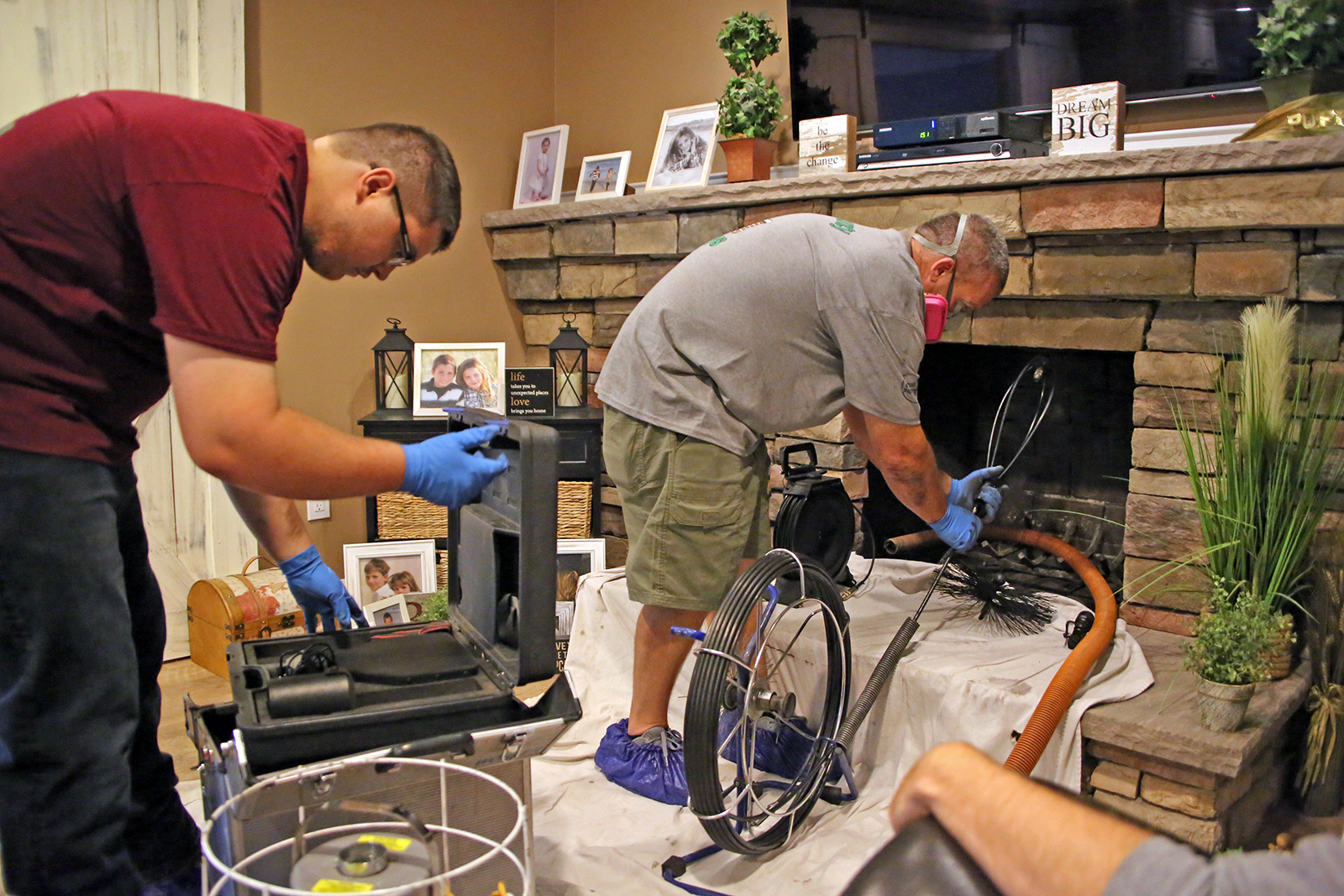Is Your Chimney Adding to Your Heating Bill?
When lighting the fireplace to keep your family warm, you expect heating costs to go down. After all, a gas or wood-burning fireplace doesn’t use any electricity. However, some homeowners are finding that heating costs are rising as fast as the smoke going up the chimney. There are several plausible reasons that your chimney could be increasing your heating bill.
Open or Faulty Damper
After the flames are extinguished, your fireplace will continue to provide several hours of residual heat. However, many homeowners forget to close the damper after the fire burns out, allowing most of the heat to exit the chimney. A faulty damper can also be the culprit. Most chimneys have a throat damper, and its proximity to the firebox makes it susceptible to warping and corrosion. A damaged damper that doesn’t close properly contributes to energy loss. Replacing a damaged damper or installing a top-mount damper can improve the heating efficiency of your fireplace.

Fractured Masonry
The normal wear and tear of masonry chimneys cause it to deteriorate over time. Exposure to freezing rain, extreme temperature swings, high winds, and stormy weather can result in cracks in bricks and mortar accelerating its deterioration. These cracks and gaps in the mortar joints allow the cold outside air to cool down the heated air inside the chimney. You will need to provide more fuel, more often to stay warm, which increases heating costs. Repairing damaged bricks and mortar will help minimize heat loss, reduce the risk of exposure to carbon monoxide, and improve the structural integrity of the chimney.
Damaged Flue Liner
The flue liner helps contain the fire inside the flue preventing the soaring heat from igniting the combustible materials in home construction. Clay tile is the most popular liner due to its low cost. However, the clay tiles are prone to cracking due to excessive temperatures and the corrosive gases of combustion. Clay is also an ineffective distributor of heat. Damaged tiles contribute to heat loss and increase the risk of fire. Repairing a cracked or damaged flue liner will help mitigate the problem. Also, replacing an inefficient flue liner with a UL-listed stainless-steel liner will improve heating efficiency.
Dirty Chimney
A dirty chimney can contribute to energy loss, especially if it has been more than a year since its last professional cleaning. When the flue liner, masonry, and interior components are covered with creosote, soot, ash, and other residues, the chimney loses its ability to retain heat. Also, the growing accumulation of creosote that is created during combustion significantly increases the risk of a chimney fire. The stains and residue from other gases during combustion accelerate the deterioration of the masonry and other components, which also increases heat loss.
 Chimney Inspection and Cleaning
Chimney Inspection and Cleaning
Hiring a Certified Chimney Sweep® is an easy and affordable way to get the most out of your chimney and fireplace. The Chimney Safety Institute of America (CSIA) recommends homeowners inspect and clean their chimney at least once per year. A chimney inspection will uncover any areas of concern so you can make the necessary repairs that will improve the safety and efficiency of your chimney. Your chimney technician will also give you additional tips and advice on maximizing the heat in your fireplace.


